On a warm July afternoon in 2024, what was supposed to be a routine instructional cross-country flight turned into a tragic and mystifying accident near Palm Beach Gardens, Florida. A Piper PA-28-161 Cherokee Warrior, tail number N81250, spiraled into a pond during a takeoff attempt, killing both the flight instructor and private pilot on board. What makes this accident especially haunting is that despite a thorough investigation, the exact cause of the engine power loss remains undetermined.
Meet the Crew
The flight was under Part 91, an instructional mission that included a seasoned flight instructor, age 59, and a relatively new private pilot, age 58. Their credentials couldn’t have been more different:
- Flight Instructor:
- Commercial certificate with flight instructor privileges
- Ratings: Single-engine land, multi-engine land, CFII
- Total flight time: ~9,000 hours
- Time in make/model: ~10,000 hours (yes, more than total—likely an error, but the intent is clear: he was deeply experienced with the PA-28)
- Private Pilot:
- Private pilot certificate
- Ratings: Single-engine land only
- Total flight time: 164 hours
- Time in make/model: 99 hours
This was, without doubt, a training flight meant to build experience—and it was being overseen by a veteran.
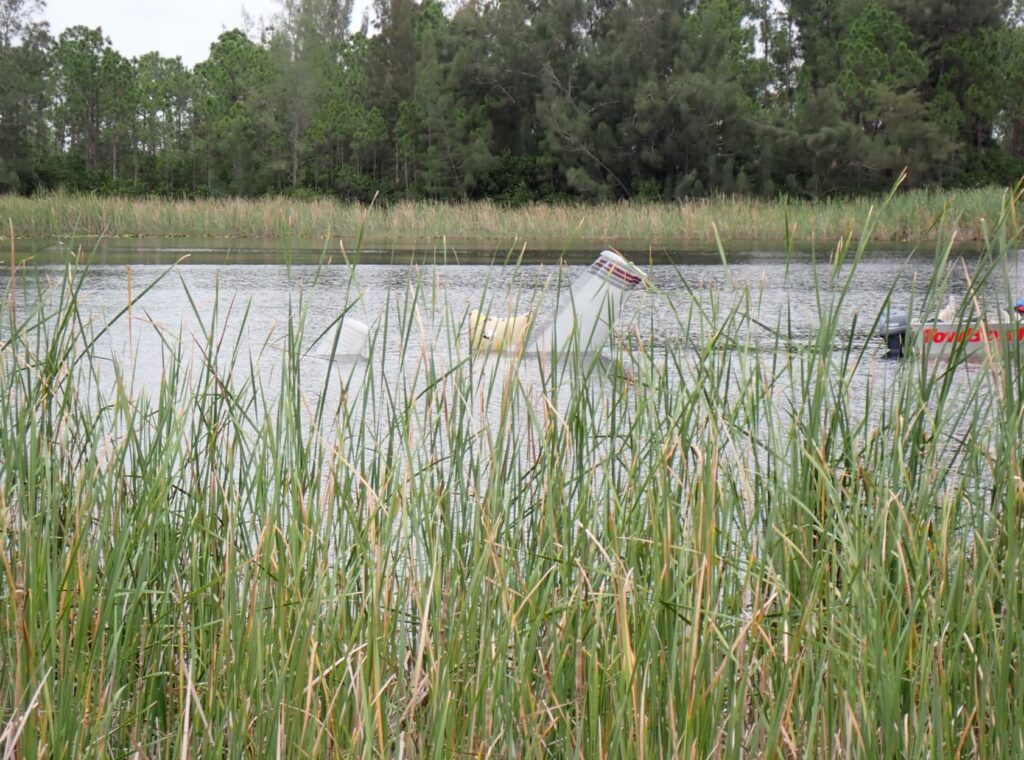
The Flight Path and the Final Moments
Departing from Sarasota-Bradenton International Airport (SRQ) at 11:21 AM on July 10, the aircraft made its way east over Satellite Beach, performed maneuvers over the ocean, and landed for a touch-and-go at Melbourne Orlando International (MLB). From there, it flew south and approached North Palm Beach County General Aviation Airport (F45).
At 2:08 PM, the aircraft was performing a touch-and-go on runway 27L. According to eyewitnesses and security footage:
- The aircraft lifted off and reached 75 feet AGL
- Then, it executed a 180-degree right turn—highly unusual that early in the climb
- The airplane descended rapidly, vanishing behind trees
- Seconds later, there was a splash—it had crashed into a pond
The wreckage was found submerged in about 15 feet of water, just 600 feet beyond the end of the runway, well off the extended centerline.
The Elephant in the Room: Recent Maintenance
Here’s where the plot thickens. Just days before the accident, the aircraft underwent major maintenance:
- Engine swap: Lycoming O-320-D3G replaced with O-320-D2B, then modified to D2A spec
- Electronic magnetos (SureFly) installed
- A backup battery system was added as required by the STC
- Airbox, oil filter, and magnetos all modified
Yet none of this work was documented in the aircraft’s logbooks.
Why not? The mechanic reported falling ill and leaving the work unfinished in terms of paperwork. Despite the missing endorsements, four pilots flew the airplane post-maintenance before the accident.
While no preimpact mechanical issues were found, the magnetos showed signs of water damage—and here’s where it gets interesting: after drying and replacing some internal components, both magnetos passed a bench test and produced spark. This suggests they were likely working at the time of the crash, or at least, their failure wasn’t the root cause.
Still, without logs, it’s impossible to know for sure whether the installation was fully correct.
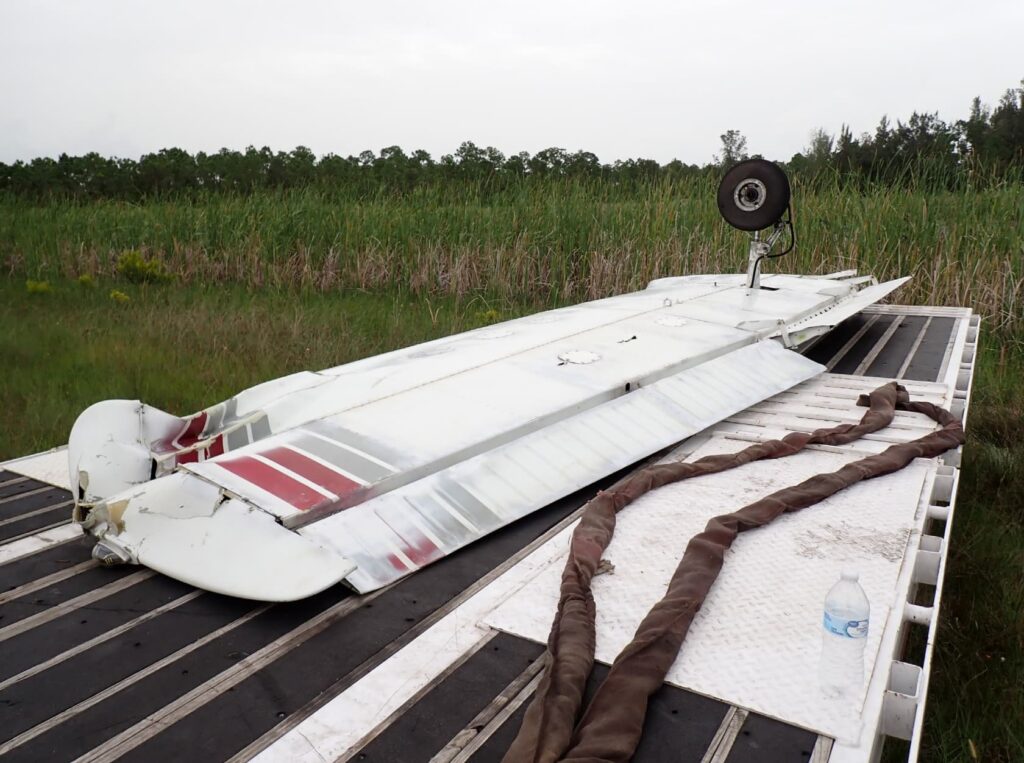
Fueling Doubts
A common culprit in GA accidents is fuel mismanagement. Let’s look at the numbers:
- The aircraft was topped off with 18 gallons of fuel before departure.
- Left tank: 12–14 gallons of usable 100LL remained after the crash.
- Right tank: Found only water—the tank was breached during impact.
The fuel selector was on the right tank, and only the right tank, which may have been compromised before impact.
It’s possible that, had the aircraft been running on the right tank during takeoff, and that tank had already been empty or unable to feed the engine due to damage or improper venting, the engine might have starved shortly after rotation.
But again—this is speculative. Investigators could not definitively determine if the fuel starvation happened before or after the crash. The selector being in the “right tank only” position during takeoff raises troubling questions.
The Impossible Turn
The maneuver attempted—turning back toward the runway at just 75 feet AGL—is colloquially known as “the impossible turn” for good reason. Without sufficient altitude, trying to return to the field after engine failure is a known trap.
In this case, the aircraft barely made it 600 feet before crashing. The final data point showed the plane just 25 feet above the pond.
Why the instructor, a pilot with thousands of hours, allowed or initiated that turn is a painful mystery. Was it a reflex? A last-ditch effort? Was it prompted by a sudden, complete loss of power?
Post-Accident Findings
After pulling the aircraft from the water, investigators confirmed:
- Flight controls were intact—no preimpact control failures
- Fuel system was unobstructed—including vents and lines
- Electric fuel pump functioned when tested
- Engine rotated freely, with good compression in all cylinders
- Magnetos did not spark after the crash, but later worked after drying and repair
- No signs of preimpact engine damage
So despite a detailed examination, no definitive mechanical cause could be found.
Lessons from Tragedy
This accident hits hard because it unfolds like a checklist of preventable issues:
- Incomplete maintenance documentation: A major red flag. If it’s not in the logs, it didn’t happen—legally or for safety assurance.
- Fuel management ambiguity: With fuel selector on a potentially compromised tank, power loss might have been preventable with better configuration.
- Unwarranted return-to-field attempt: The fatal turn at low altitude remains one of the most lethal decisions a pilot can make.
And yet, even with all these factors, the probable cause remains “undetermined.” Sometimes, aviation tragedies leave behind a trail of clues but no clear answer. This was one of those times.





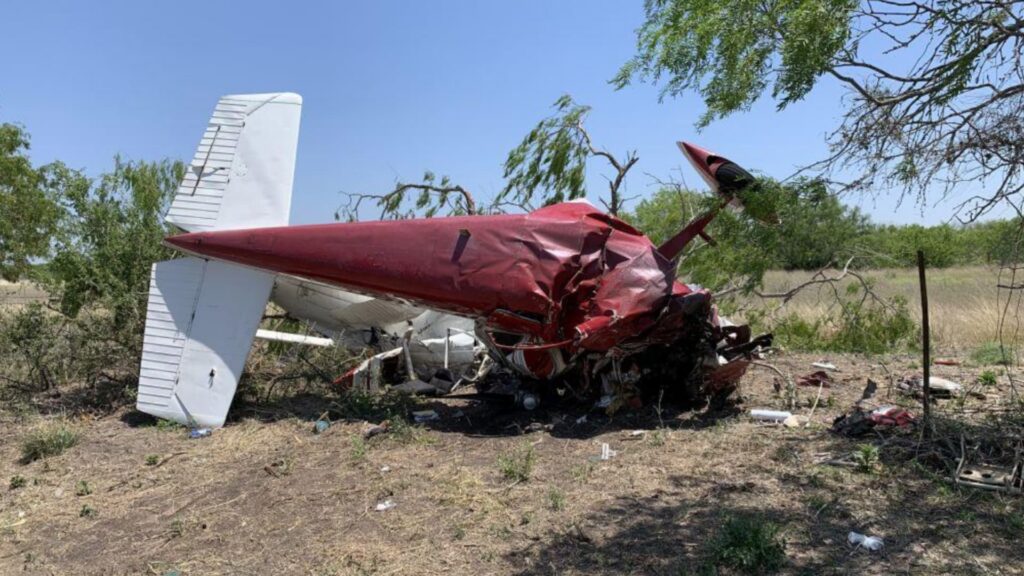
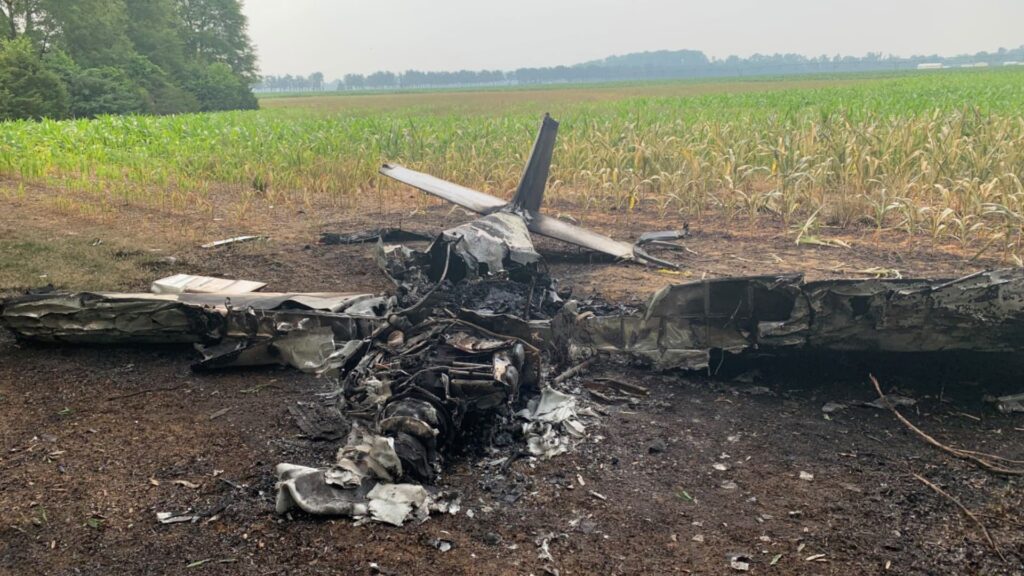
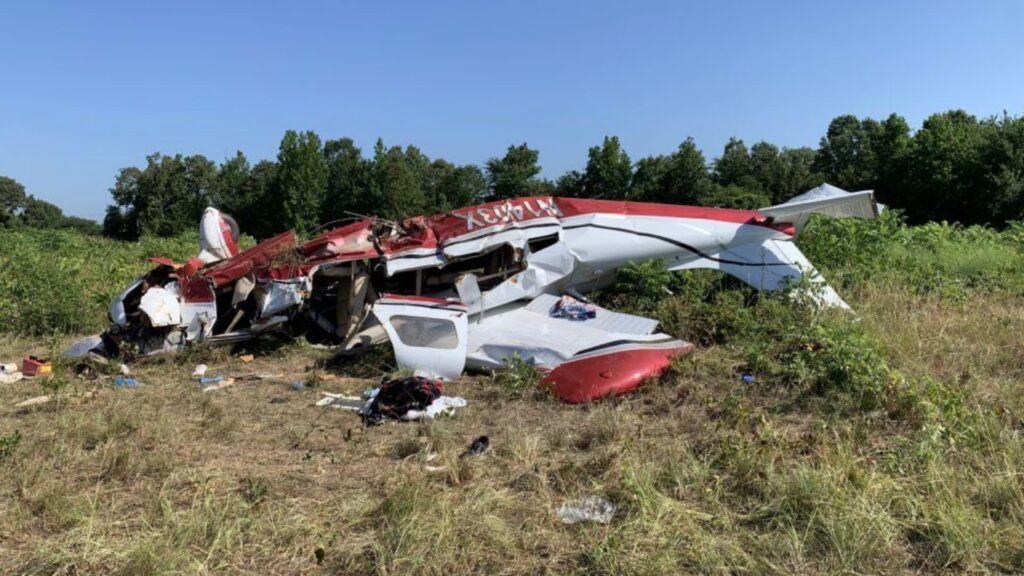
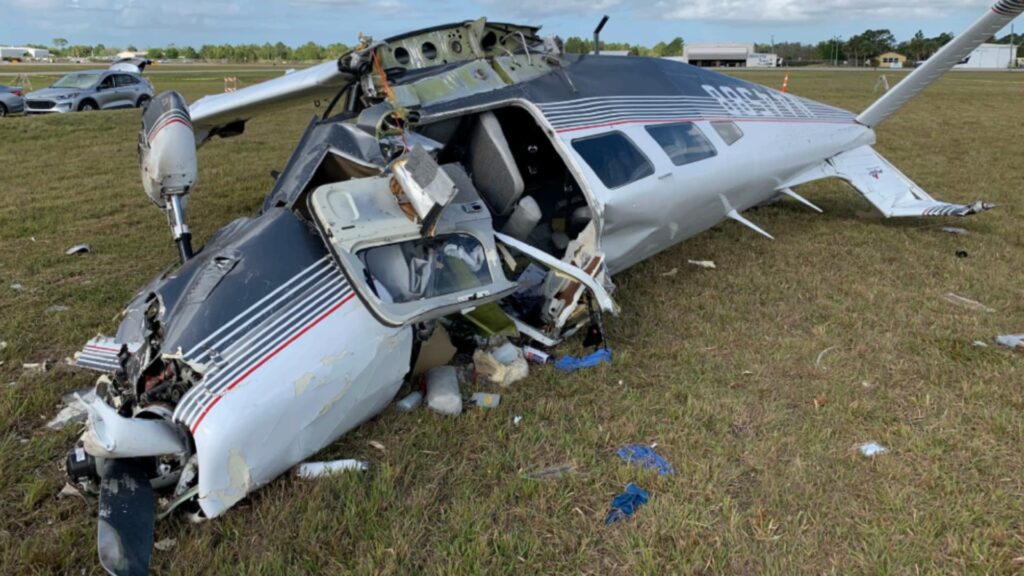

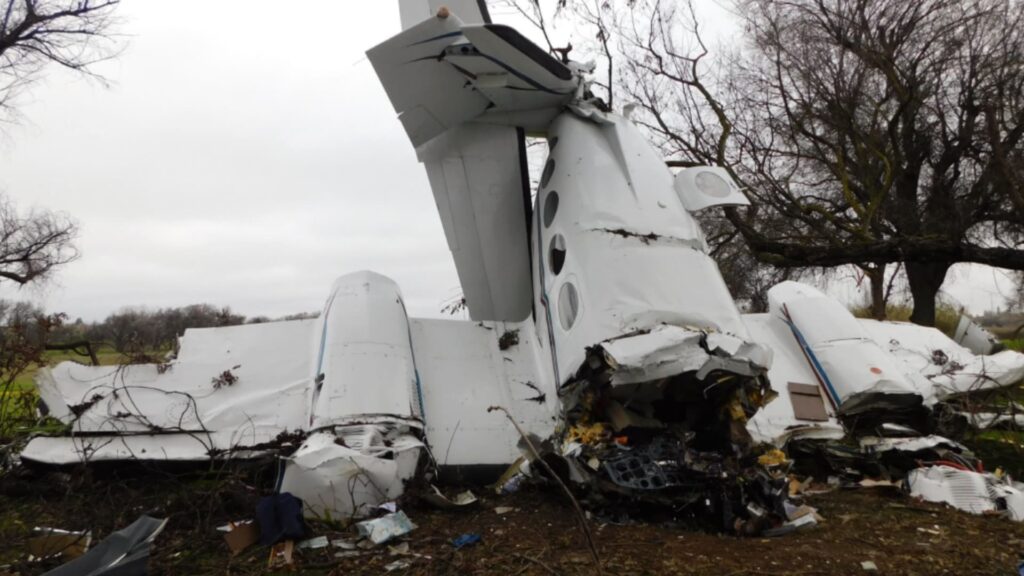
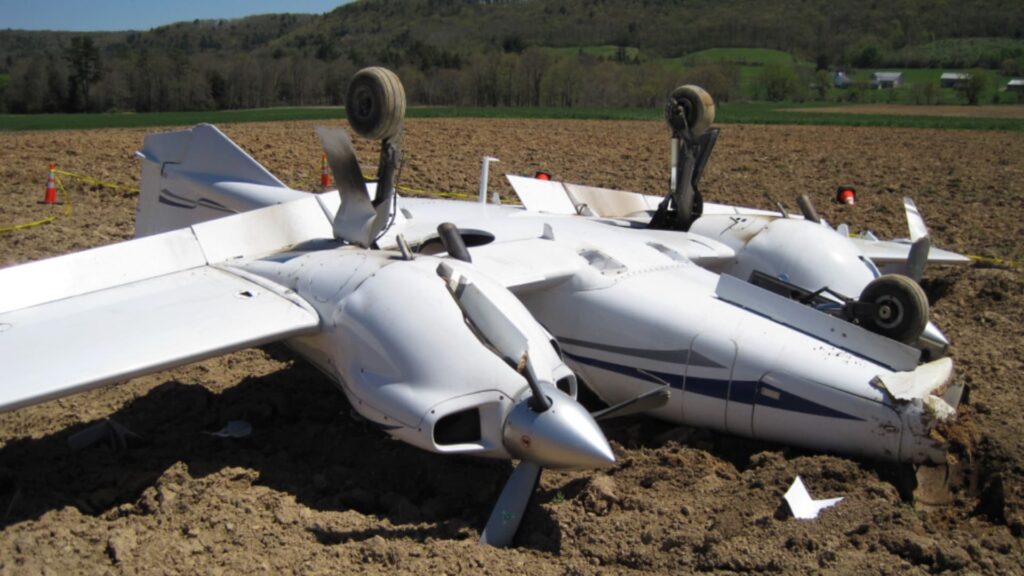
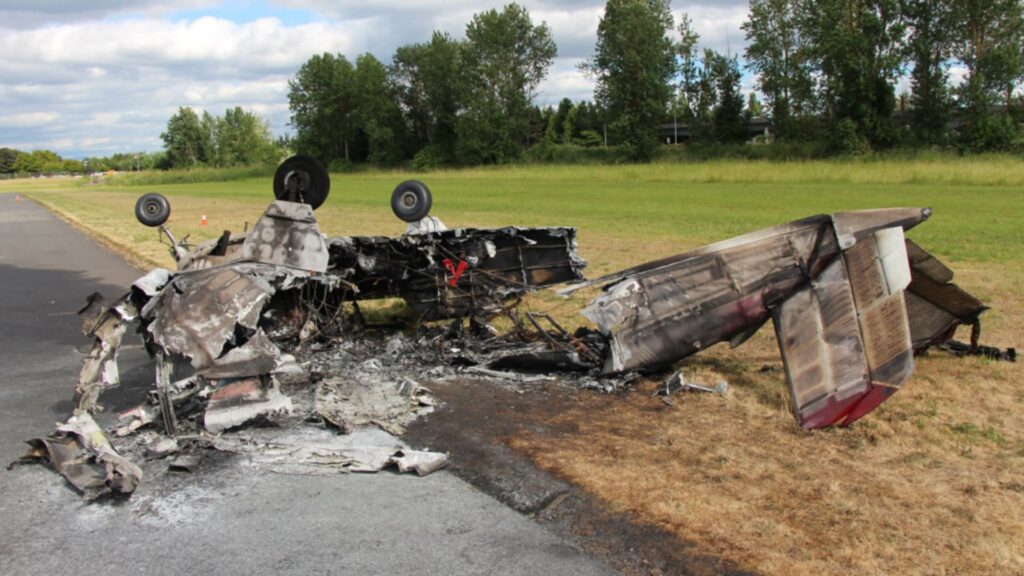
One Comment
Piper Warrior does not have a “both” selection position. It’s either left or right or off. Off requires you move a blocking piece aside in order to select it. Pilot may not have had it fully in either tank. If the selector was not fully engaged in the position it cannot draw from the tank. Did he switch tanks when he refueled. He may not have moved the lever to the fully correct position.